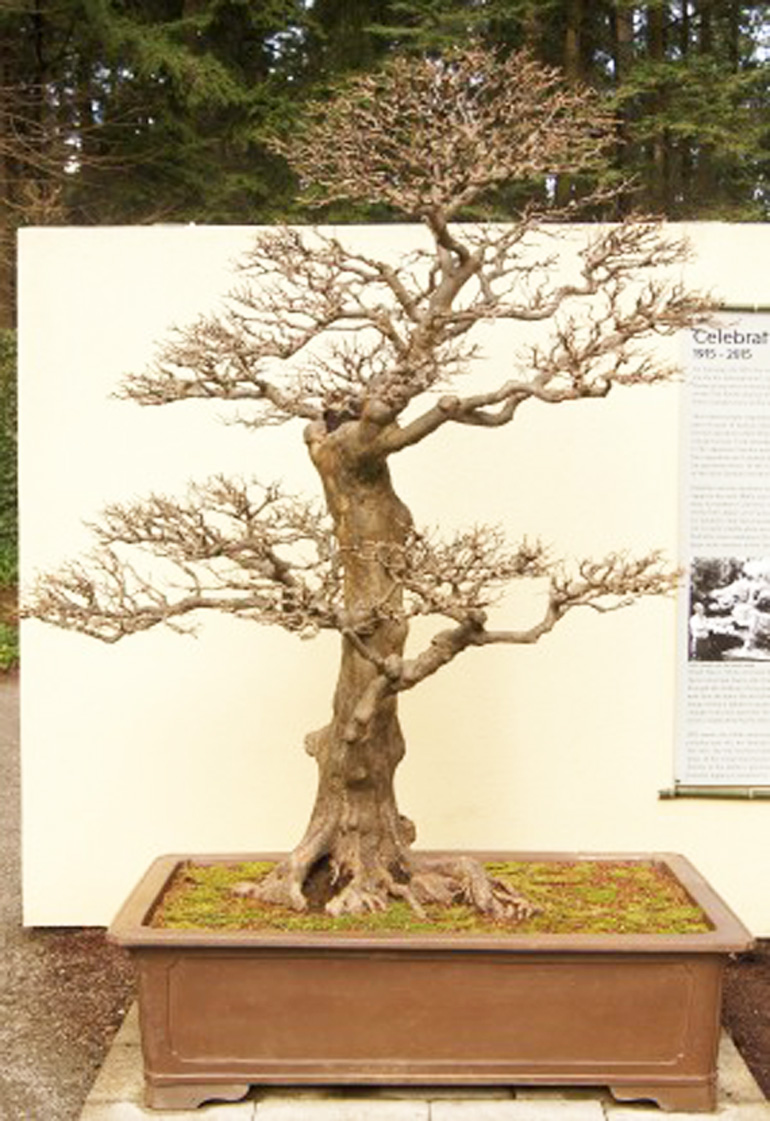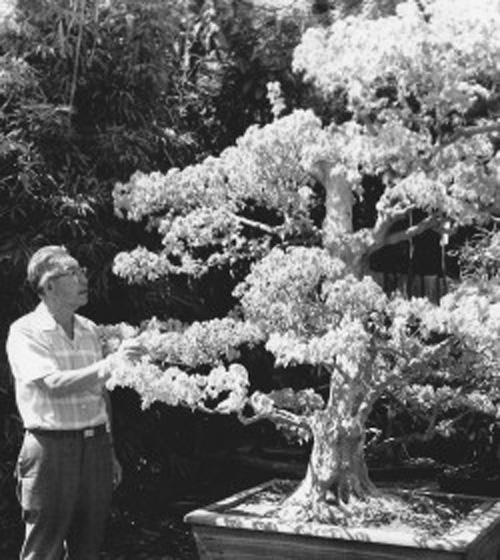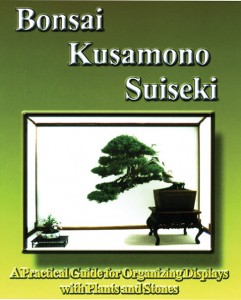
There’s a story behind this delightfully complex Suiseki for those of you who know how read such things. The photo is from the Pacific Bonsai Museum’s website. It’s there to tell you about an event that starts tomorrow (see just below).
The following was lifted from the Pacific Bonsai Museum’s website:
“Viewing Stones from Members of the Puget Sound Bonsai Association Suiseki Interest Group. April 3 – May 4, 2015
“Viewing stones, or suiseki as they are called in Japanese, are naturally formed stones valued for their beauty and ability to represent a scene from nature. This includes anything from mountains and islands to animals and plants. Believed to have originated in China two thousand years ago, the ancient art form was introduced to Japan in the sixth century A.D. and has been practiced ever since. When paired with bonsai each enhances the qualities of the other and creates a scene that would be found in nature. Come experience this unique art form and find beauty in the unexpected!”

This Domoto Trident maple bonsai has nothing to do with Suiseki, but it is from the Pacific Bonsai Museum and its story is truly fascinating (it survived Mr Domoto’s WW2 interment among other things). Though you can’t tell from this photo, one thing that stands out about this old tree is just how huge it is (see just below).

Toichi Domoto and the trident maple
 Bonsai with Suiseki from 2nd Mini-bonsai Exhibition at the Changzhou Qinxin Garden in China. Photo by Morten Albek. From a Bark post last November.
Bonsai with Suiseki from 2nd Mini-bonsai Exhibition at the Changzhou Qinxin Garden in China. Photo by Morten Albek. From a Bark post last November.

Another example of bonsai with Suiseki. I’m not sure, but I think this photo was also taken by Morten Albek, but I can’t find where it’s from.

The definitive book on Suiseki with bonsai. On special at Stone Lantern